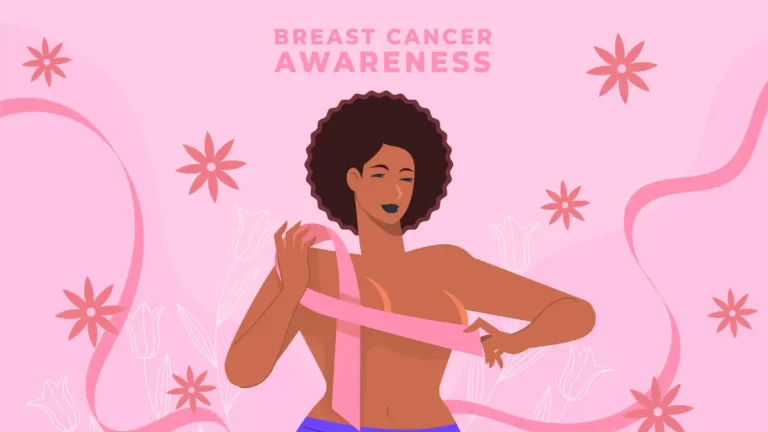October’s pink tide in Gauteng carries a powerful message: learn to know your body. From Soweto clinics to Sandton boardrooms, women are encouraged to check their breasts for changes every month. But what happens when you actually find something? The sudden rush of fear — Is it breast cancer? — can be overwhelming.
Thank you for reading this post, don't forget to subscribe!Doctors remind women that not every lump is dangerous. Most are benign, harmless, and treatable. Understanding these “impostor” illnesses is just as important as recognizing the signs of breast cancer itself.
ALSO READ: The Side Effects of the Depo Injection: (Birth Control Shot)
When Fear of Breast Cancer Takes Over
Discovering a lump can leave anyone shocked and anxious. In Gauteng’s stretched public healthcare system, it can take weeks or even months before an ultrasound or biopsy confirms what it is. That waiting period tests patience, drains emotions, and strains finances.
While awareness campaigns have improved early detection and saved countless lives, they’ve also created a sense of constant alarm. For every ten new breast lumps, only one turns out to be cancerous — yet the anxiety of waiting and uncertainty can be life-altering.
Across Johannesburg, Pretoria, and the East Rand, women describe sleepless nights, worry for their families, and the relentless fear of results. The missing piece in public conversations is balance: most lumps are not cancer, but every change still deserves careful attention.
Common Benign Impostors
Below are some of the most common non-cancerous breast conditions that can easily be mistaken for something more serious.
Fibroadenoma
These soft, rubbery lumps often occur in women under 35. They move easily under the skin and are usually painless. Many shrink naturally over time and don’t require surgery.
Cysts
Cysts are fluid-filled sacs that may feel firm or tender. Once drained, they typically disappear completely. They are rarely linked to cancer and are a common cause of breast discomfort.
Fat Necrosis
Fat necrosis forms when fatty tissue in the breast becomes damaged, often after an injury or surgery. The area can feel hard and lumpy, resembling cancer on scans. It usually softens and fades away on its own.
Granulomatous Mastitis
This inflammatory condition can cause redness, swelling, and pain that resemble aggressive breast cancer. It is uncommon and treatable with medication rather than surgery.
Tuberculous Mastitis
Because tuberculosis remains prevalent in South Africa, it can sometimes affect the breast tissue, forming hard lumps or abscesses. This condition requires TB treatment instead of conventional cancer therapy.
Diabetic Mastopathy and Sarcoidosis
Women with long-standing diabetes may develop firm, painless nodules from changes in connective tissue. Sarcoidosis, another inflammatory disease, can look similar. Both are benign but often need a biopsy to confirm the diagnosis.
Why This Matters in Gauteng
Access to proper diagnosis is uneven across the province. Major hospitals like Charlotte Maxeke Johannesburg Academic Hospital are equipped with modern breast units, but smaller district facilities often lack the same capacity.
For women in townships or rural areas, delays in diagnosis can stretch for weeks. Transport costs, long queues, and limited appointment availability add to the emotional burden. Some turn to private clinics, paying fees they can barely afford, just to find answers sooner.
The gap between awareness and availability continues to grow. Women are told to check themselves monthly, yet the healthcare system doesn’t always make it easy to confirm what they find. Closing that gap must become a priority.
How to Perform a Breast Self-Examination
A breast self-exam is one of the simplest and most empowering tools for early detection. It helps women recognize what’s normal for their bodies and identify changes early. Here’s how to do it correctly at home:
- Choose a regular day each month
Do the exam three to five days after your menstrual cycle ends. If you don’t menstruate, choose the same day each month, such as the 1st or 15th. - Start by looking
Stand in front of a mirror with your shoulders straight and hands on your hips. Look for differences in shape, swelling, dimpling, or nipple changes. Repeat this with your arms raised. - Feel while standing or in the shower
Using the pads of your three middle fingers, move in small circles from the outer edge of the breast toward the nipple. Cover the entire area, including the underarm. - Feel while lying down
Lie flat, place a pillow under one shoulder, and lift that arm behind your head. Use your other hand to feel in circular motions. This position spreads the tissue, making lumps easier to detect. - Check for discharge
Gently squeeze each nipple. Any clear, bloody, or unusual discharge should be checked by a healthcare professional. - Note your findings
Keep a personal record of what you feel each month. If you notice a new lump, thickened area, or skin change, visit a clinic or doctor promptly.
Regular self-assessments build familiarity with your body. When you know what feels normal, you’re more likely to spot something unusual early.
The Triple-Assessment Principle
When a lump is detected, medical professionals rely on a “triple assessment” approach to determine what it is:
- Clinical examination by a nurse or doctor
- Imaging, such as an ultrasound or a mammogram
- Biopsy, if necessary, to examine tissue samples
When all three assessments point to the same conclusion, women can trust the diagnosis—whether benign or malignant. The aim is not only to detect early but also to ensure accuracy and peace of mind.
Building a Stronger Health System for Women
In Gauteng, access to diagnostic tools must become faster, fairer, and more affordable. District clinics should be equipped to perform imaging and collect samples, reducing the need for long-distance referrals.
Public education campaigns need to strike a better balance, encouraging vigilance without creating panic. Medical training should also include a strong focus on benign breast diseases, ensuring that women aren’t pushed into unnecessary surgeries.
Partnerships between government, NGOs, and private healthcare providers can help expand mobile breast-screening units already operating in Tembisa, Orange Farm, and other townships. Bringing these services closer to communities saves lives, time, and unnecessary anxiety.
Turning Breast Cancer Awareness into Action
Every woman in Gauteng deserves clarity, not fear. When you feel a lump, act quickly, but stay calm. Visit your nearest clinic or hospital and request a full examination. Encourage your daughters, mothers, and friends to do the same.
Gauteng’s greatest strength lies in its people, communities that support, educate, and uplift one another. By sharing knowledge and improving access to care, we can turn fear into empowerment.
Let this October be more than a campaign of pink ribbons. Let it be a movement of action, education, and compassion. The more we understand that not every lump is cancer, the better we can protect ourselves and each other from the ones that are.




